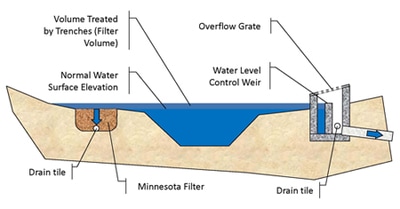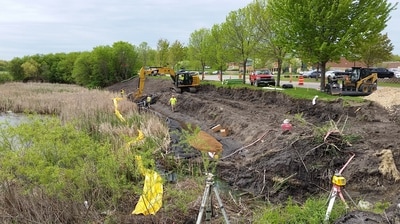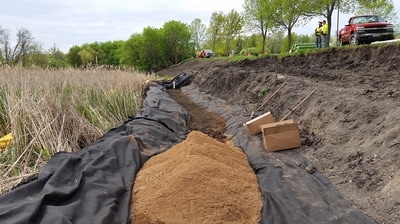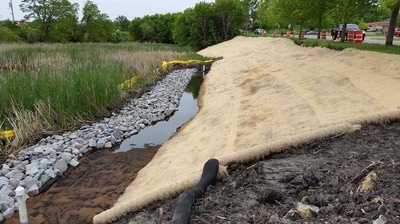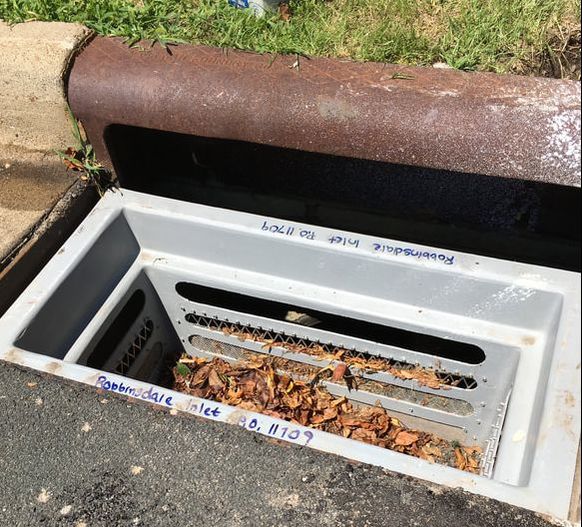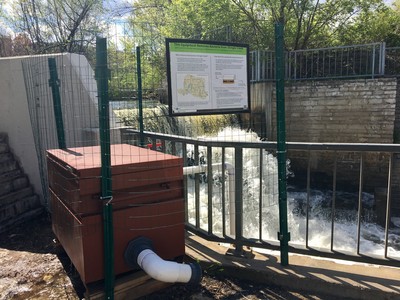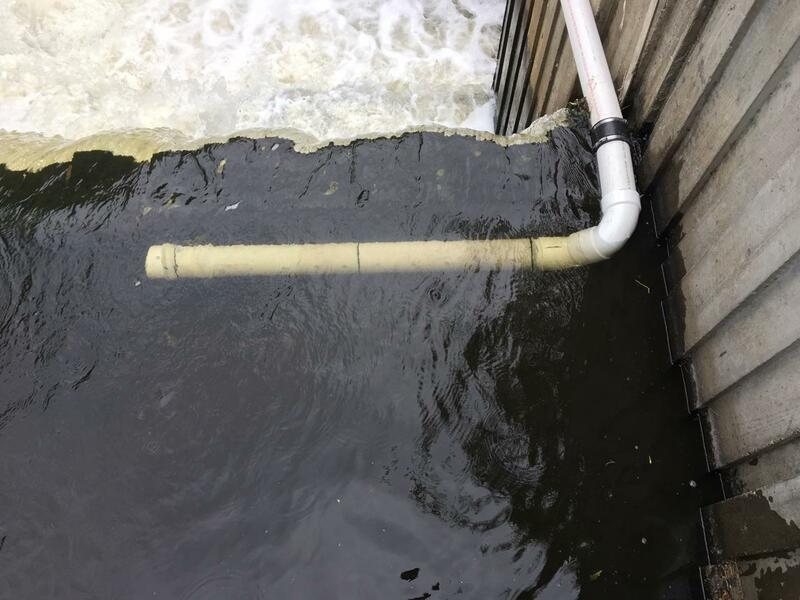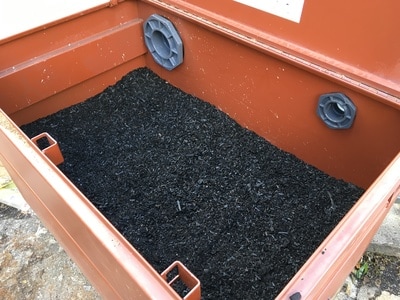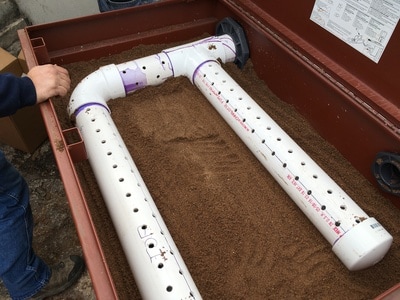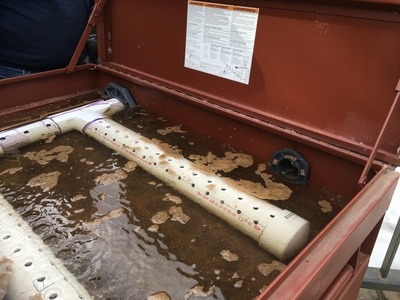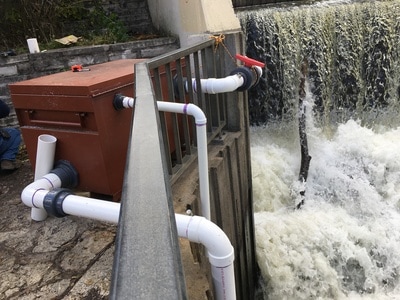Iron- and Biochar-Enhanced Sand Filters
|
Stormwater conveys bacteria such as E. coli to receiving waters, where contact can be a human health risk. Shingle Creek, the Upper Mississippi River, and many other urban and rural streams in Minnesota periodically exceed the state water quality standard for bacteria, and must identify sources and strategies for reducing bacterial loading into those waters. In urban areas bacteria sources are diffuse –pet and wildlife waste, sanitary overflows and leakages - and options for reducing loads are limited.
The Commissions obtained a federal grant to field-trial three applications of a new promising yet simple technology. Biochar – a specially engineered type of charcoal –added to iron-enhanced sand filters has been effective in lab experiments at removing bacteria in synthetic stormwater. The three field trials tested the effectiveness of these filters at treating real-world stormwater runoff. Building on these results, the Coon Creek Watershed District located across the Mississippi River installed a flow-through iron- and biochar-enhanced sand filter to treat stream flow. |
Funding for this project was provided by the Minnesota Pollution Control Agency through a Grant from the United States Environmental Protection Agency, Section 319 Nonpoint Source Management Fund, and by the Shingle Creek Watershed Management Commission.
|
|
See the project overview and results:
2019 Water Resources Conference Presentation KARE11 featured the Commission's filter box in a short video feature about the Biochar project. The Commission was awarded an Honorable Mention for Environmental Innovation for this project in 2019 by the Environmental Initiative, a non-profit group that honors people and projects that not only address environmental challenges, but also create holistic solutions that promote economic and community vitality. Minnesota Filters
The St. Anthony Falls Lab (SAFL) at the University of Minnesota refined the design of iron-enhanced benches on stormwater ponds to enhance removal of dissolved phosphorus in stormwater. When rain events cause the pond level to rise, water flows over and through these Minnesota Filters before being discharged downstream. This project tested whether adding biochar to the filter medium could also reduce bacteria in the outflow. In 2017 three existing ponds, one in Champlin, one in Crystal, and one in Minneapolis, were modified with these enhanced filters. Water quality at the pond inflow, outflow, and ambient water quality was tested for two years for total and dissolved phosphorus, E. coli, and other water quality parameters, and the pond water elevation was tracked. Catch Basin Inserts
Standard catch basin inserts used for temporary erosion and sediment control were modified and tested at two locations, one in New Hope and one in Robbinsdale. As runoff was discharged from a street gutter into a catch basin, it filtered through the biochar- and iron-enhanced sand media. Utility Box Filter The utility box was a filter that diverted flow from Shingle Creek by taking advantage of Webber Park Falls in Minneapolis. The filter was a four by four by six foot steel utility box filled with biochar- and iron-enhanced sand placed on the viewing platform next to the falls. A pipe intercepted flow from the Creek at the top of the falls, and routed it into the filter, where it percolated through the media and was then piped back to the Creek at the bottom of the falls. This was a real-world analog of a lab column test. Of interest is whether the removals from this type of direct treatment could be scaled up to make an impact on concentrations in the Creek. |
|

